7 Types of Small Fuel Cell by Price Point
Small fuel cells are becoming more popular than ever. Offering the ability to power a variety of applications, these compact pieces of tech are gaining popularity as central to the green technology revolution. But when it comes to actually buying them, things can get tricky. How much do these small fuel cells actually cost? And what can they be used for? In the article below we’ll help you decide exactly what fuel cell is right for you. Whatever your needs and budget, a small fuel cell offers a compact to generate clean energy. Below you’ll learn about 7 key small fuel cells on the market today: everything from their capabilities and power output to their varied applications and uses.
1. PEM Blue Reversible Fuel Cell
One of the most miniature fuel cells on the market today is called a PEM Blue Reversible Fuel Cell. This tiny 2-inch x 2-inch device is perfect for educational applications – allowing kids to learn the basics of hydrogen technology while boosting general STEM knowledge like chemistry and electrical circuits. The best part? It also functions as a complete electrolyzer, so your students can learn how to create their own hydrogen gas before using it to power the fuel cell. One unit costs around $ 70 USD.
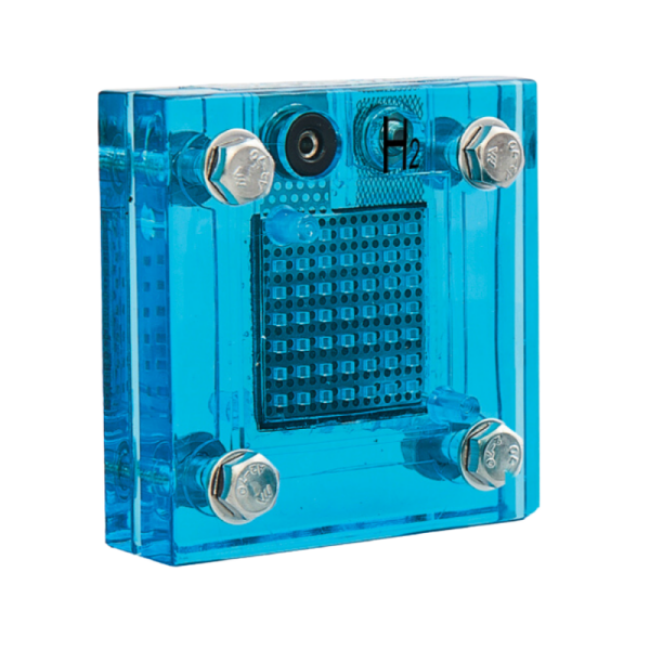
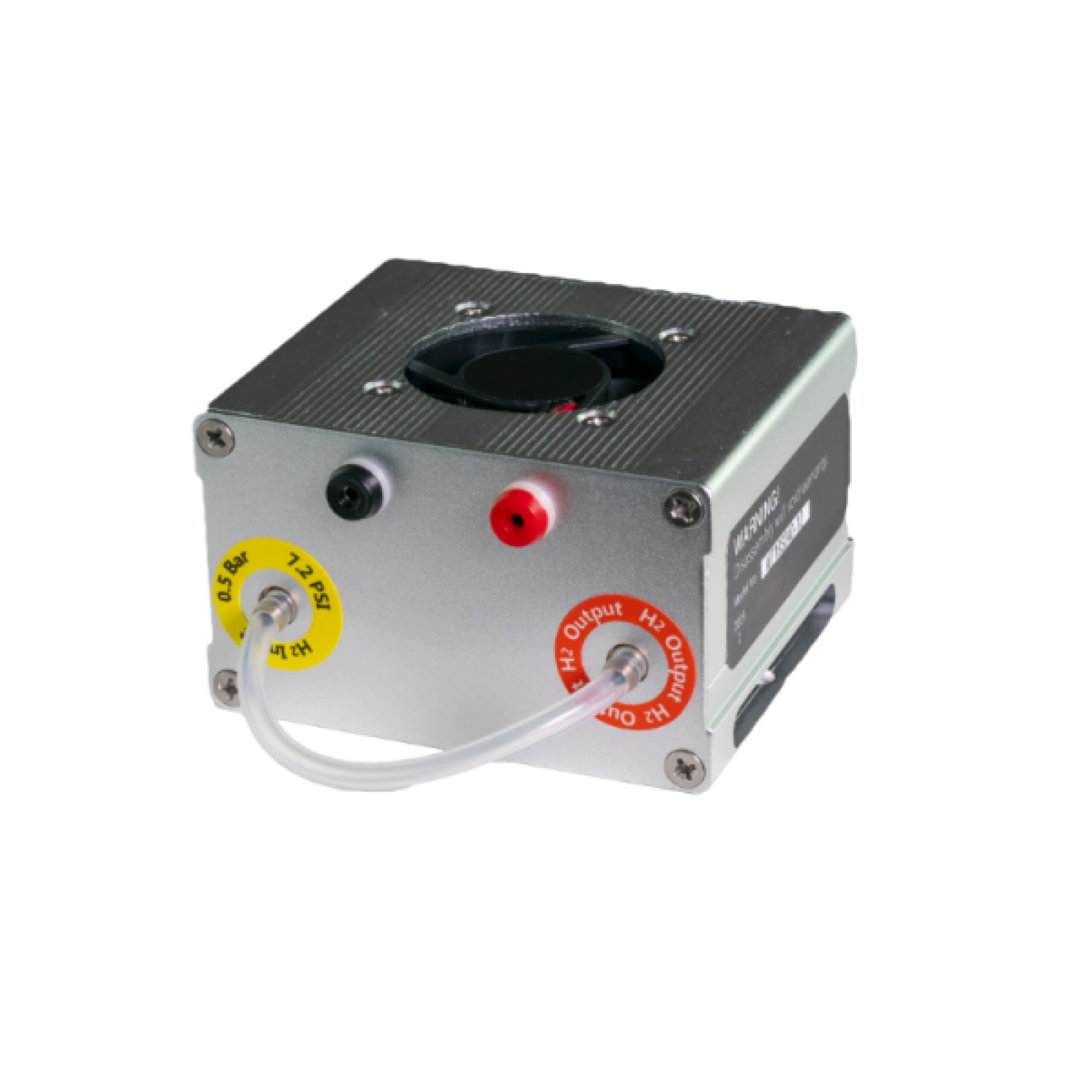
2. H-12 PEM Fuel Cell
The H-12 PEM Fuel Cell is known for its compact size, measuring only 75x47x70 mm. This means you can fit it in a car glove compartment, behind a power socket, or even on top of your desk. With 12W of output, it can be used to do anything from powering LED lights to demonstrating green technology in educational settings. Prices start at $ 482 USD.
3. H-20 PEM Fuel Cell
You might think the H-20 PEM Fuel Cell might be a little bigger than the H-12, but at 75x47x70mm, the dimensions are exactly the same. The main differences are the rated power performance (at 20 W) and the integration of a miniature electronic valve, control electronics and low-voltage protection. Despite the larger power output, you’ll still be able to fit this fuel cell in all the versatile locations the H-12 can fit in. You can currently pick one up for around $ 724 USD.
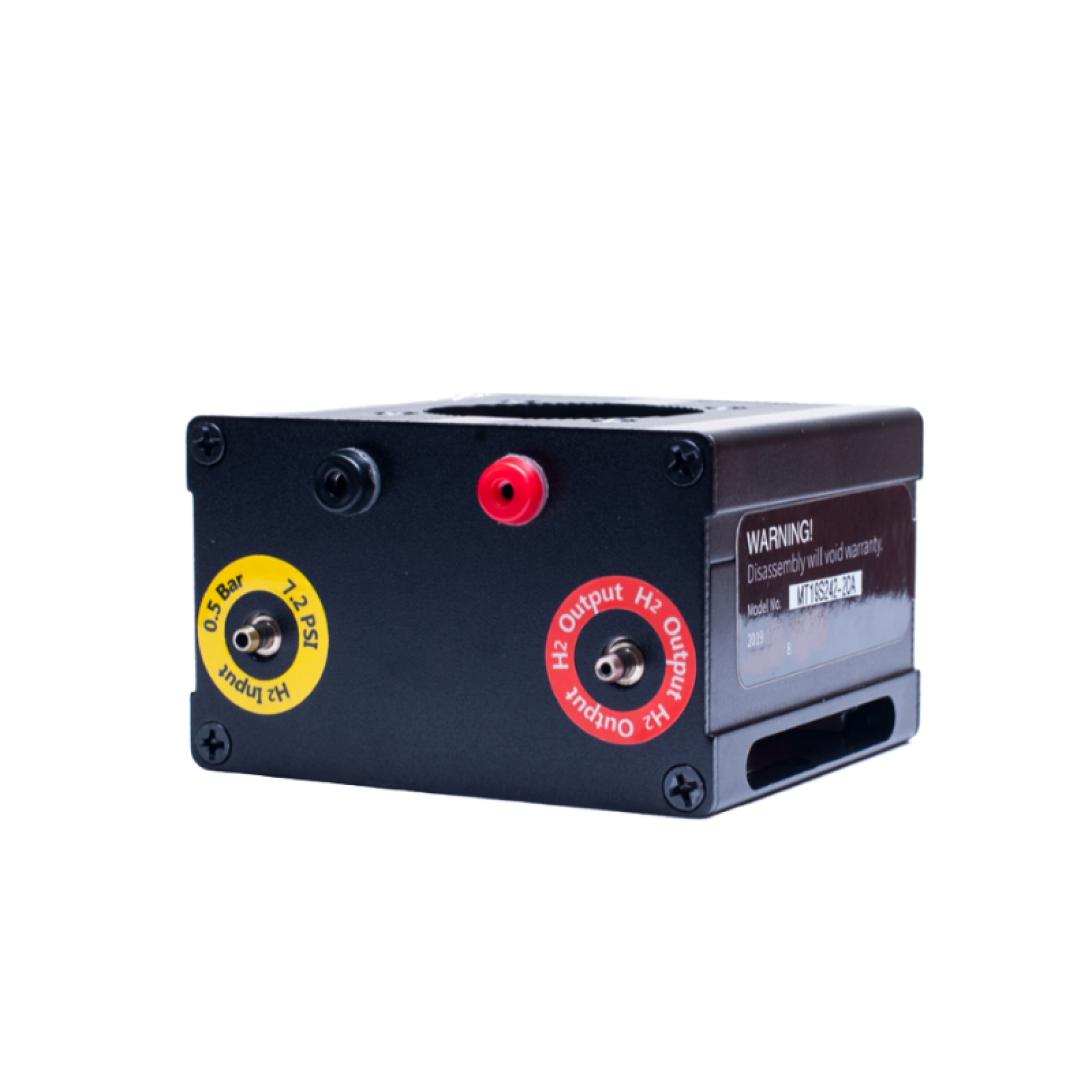
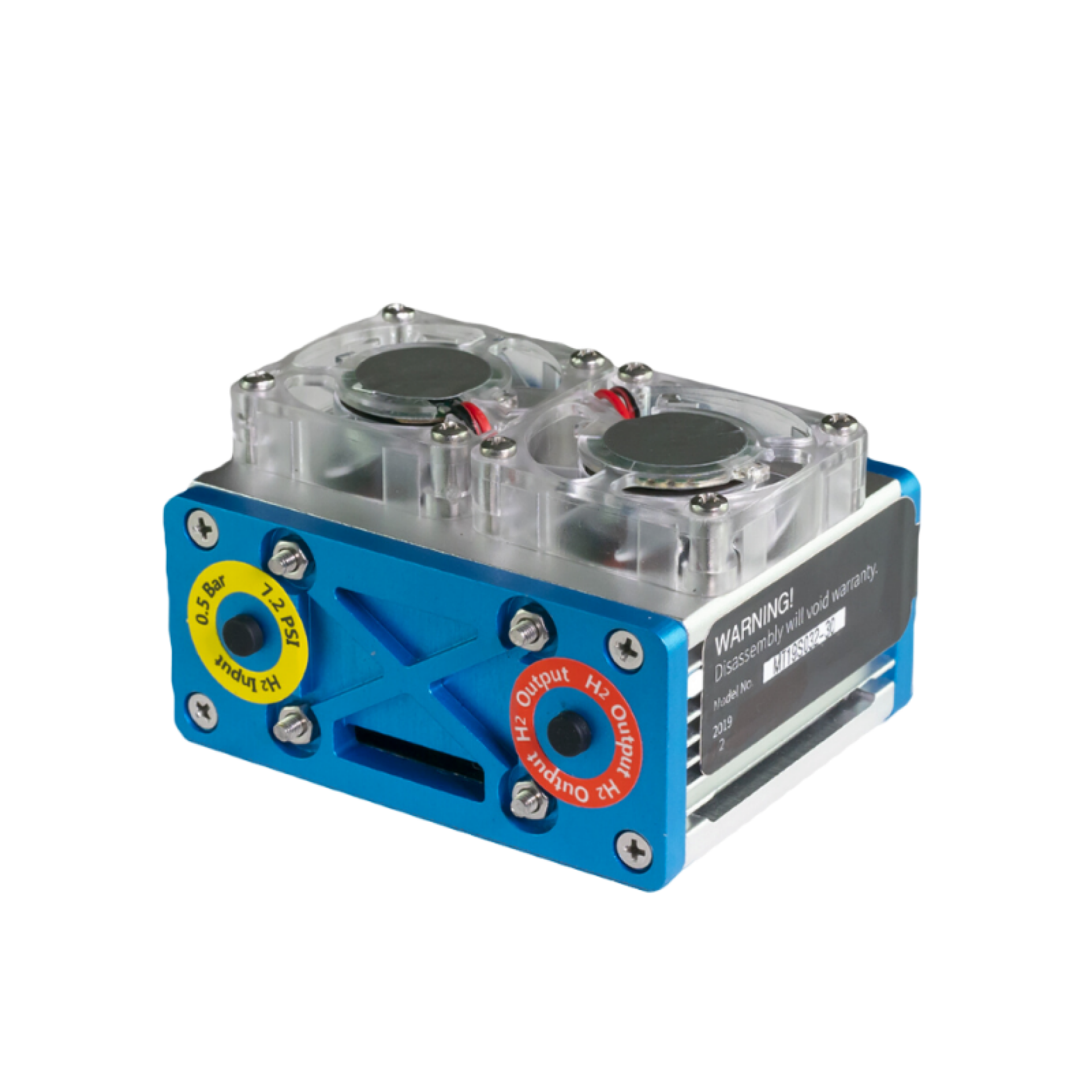
4. H-30 PEM Fuel Cell
At 30W, the H-30 adds about 5mm to the height and width of the H-30. Because of its higher power output, the cooling fans are found on the outside of the unit, adding slightly to the dimensions (80x47x75mm). Despite this, the unit is still extremely small, being able to fit in tight confines while powering technologies such as fans, cell phones, laptops, and other small appliances. This makes it perfect to demonstrate fuel cell technology in classrooms and science labs around the world, as well as being useful for research. Prices begin at around $ 1000 USD.
5. H-100 PEM Fuel Cell
At 100W fuel cell size begins to increase, while remaining relatively small. Measuring roughly 10cm x 10cm, the H-100 PEM Fuel Cell Stack can demonstrate hydrogen technology to students in a small, desk-top-sized setting. This means you show students how a 100W lightbulb can be powered by only hydrogen and air. Prices start at around $ 2100 USD.
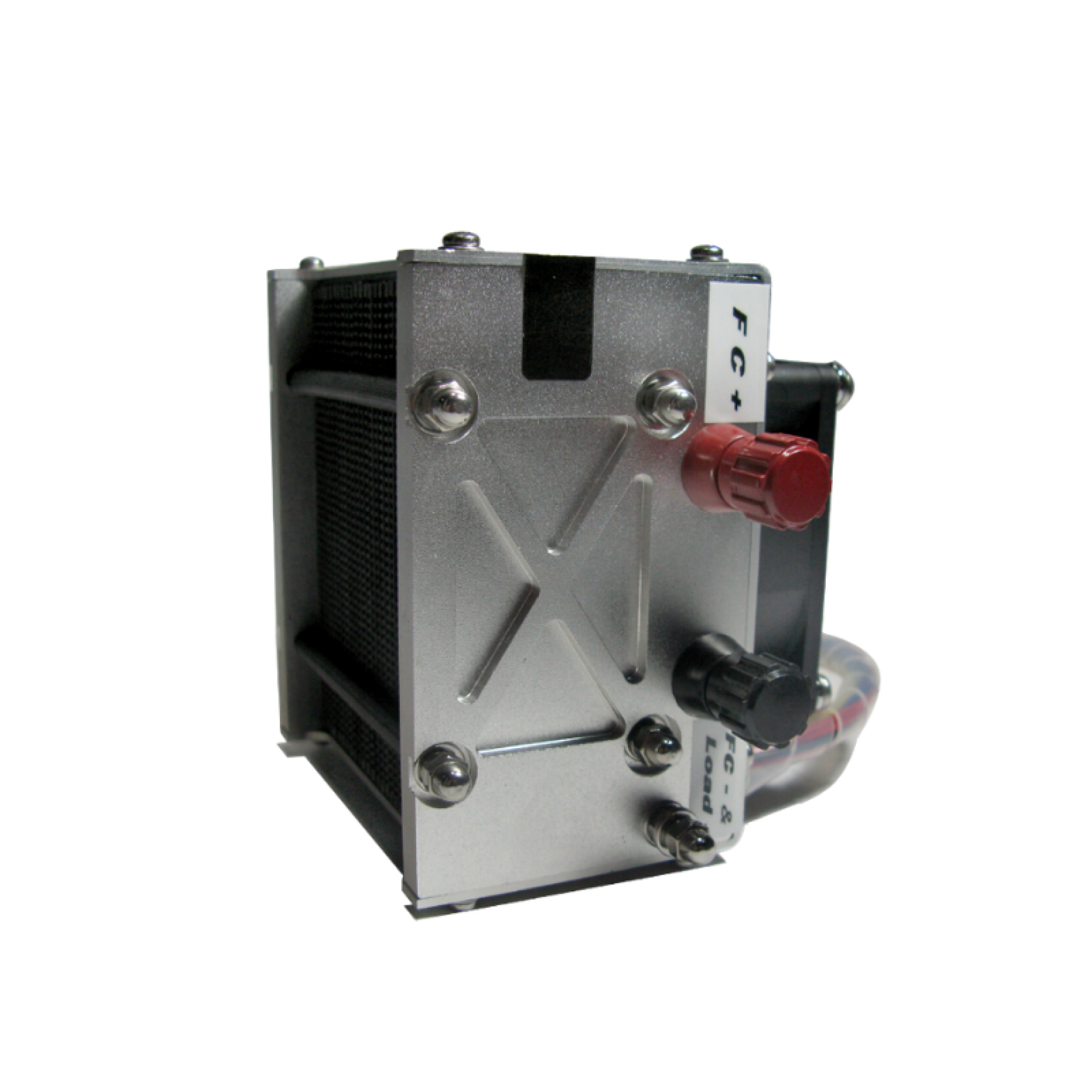
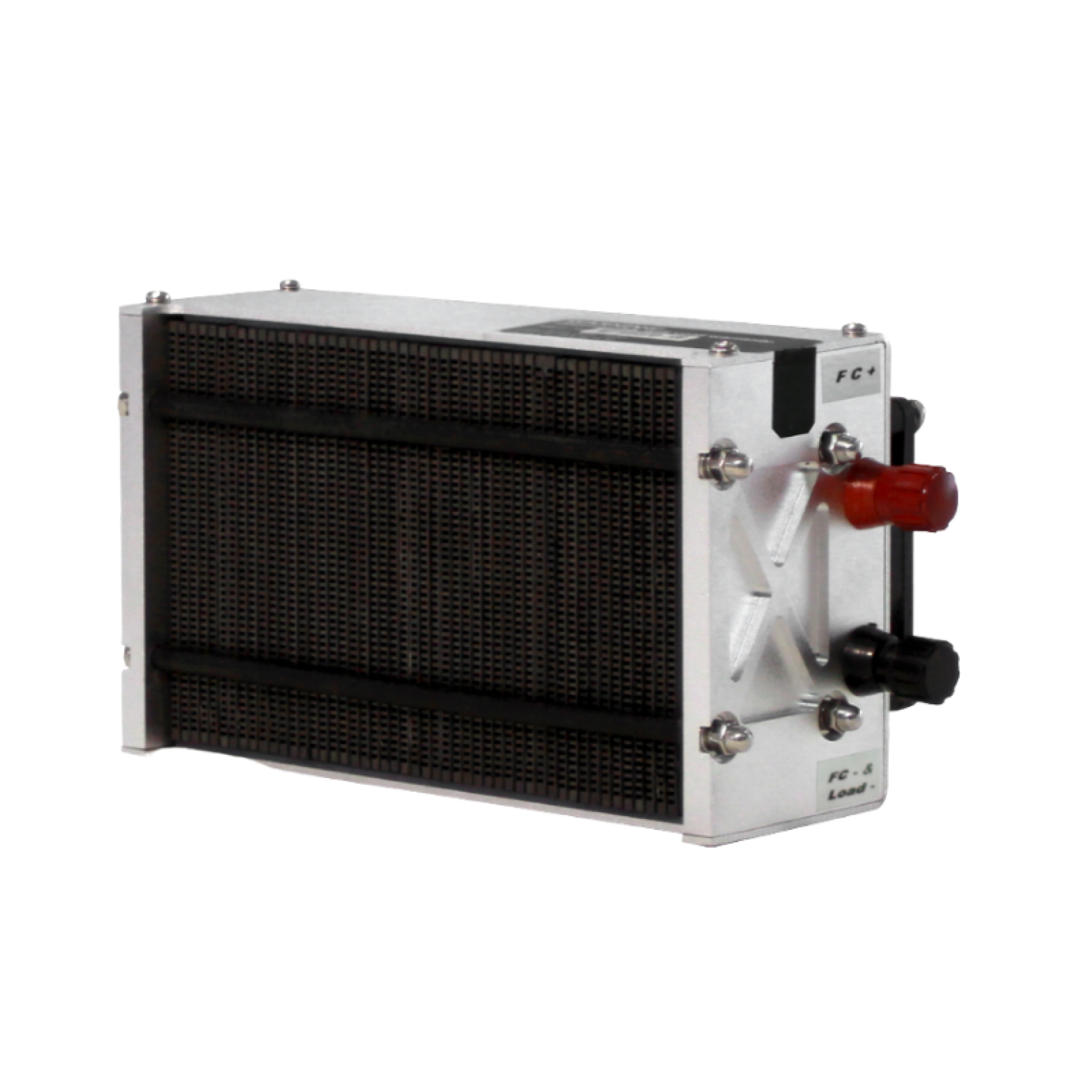
6. H-200 PEM Fuel Cell
The H200 Fuel Cell Stack has a 200W power output and measures only 11.8 x 18.3 cm. This means you can power things such as laptops, coffee makers, LED lights, radios, LCD TVs, mini projectors, and microwaves with a device the size of a human head. Prices can be $ 2000 USD.
7. H-300 PEM Fuel Cell
The largest of the small fuel cell stacks, the H-300 can power everything from flatscreen TVs to high-wattage, powerful lights. Despite its impressive power output, the device measures only 11.8x26.2 cm – smaller than the average shoebox. This means you’ll be able to demonstrate how clean energy technology works in action while saving space during expos or classroom and lab projects. Prices can vary significantly, but a good quality, reliable unit will cost around $ 2500 USD.